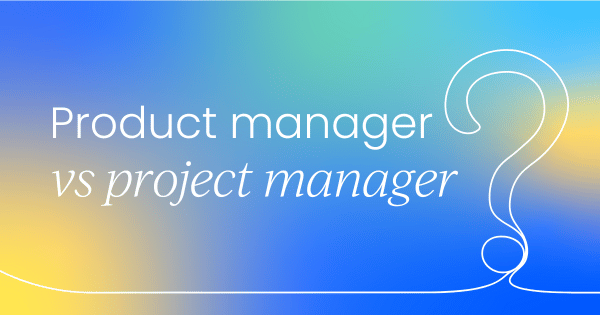Product manager vs project manager
While product managers and project managers sound similar, their roles are vastly different within most organizations.
In short, product managers are in charge of a product’s success throughout its lifecycle, setting product vision, goals, and trajectory. Whereas project managers manage projects over a set timeframe, ensuring goals become a reality, and removing execution blockers from teams.
Sometimes these worlds will collide, and these professionals will work together. For example, when building a new feature, a product manager will lead the strategy and direction, while a project manager ensures project completion within the deadline.
What is a product manager?
In more detail, a product manager works on product strategy from the beginning of its lifecycle to the end, including ideation, development, launch, and future updates.
The role spans a vast range of technical and non-technical responsibilities, allowing a product to satisfy business needs, monetization requirements, and customer expectations.
On any given day, a product manager may be proposing new product features, working cross-functionally with development, design, marketing, sales, and more, managing customer feedback, or developing the product roadmap.
Some responsibilities of a product manager include:
- Defining metrics for product success
- Understanding customer needs
- Working cross-functionally
- Strategizing ways to improve product performance through market research
- Testing and monitoring new feature development
- Pruning the product backlog and managing the roadmap

What is a project manager?
A project manager works on, well, managing projects from beginning to end. They’ll lead projects to ensure stakeholders are pulling their weight, executing on time, and are ultimately responsible for ensuring the project is finished on time.
While it sometimes feels like herding cats, project managers are vital in the coordination, management, and oversight of projects across organizations to keep everything running smoothly.
That’s why some of the key skills of a project manager include communication, collaboration, and organization. They’re here to remove blockers from teams, pass tasks along to the next department, and ensure realistic deadlines at each stage of the project.
And when one project finishes, they move seamlessly on to the next.
Some responsibilities of a project manager include:
- Planning projects, including team involvement and scheduling
- Managing budget
- Defining the goal posts for project success
- Ensuring the project stays on schedule
- Communicating progress to key stakeholders
- Working with project management software
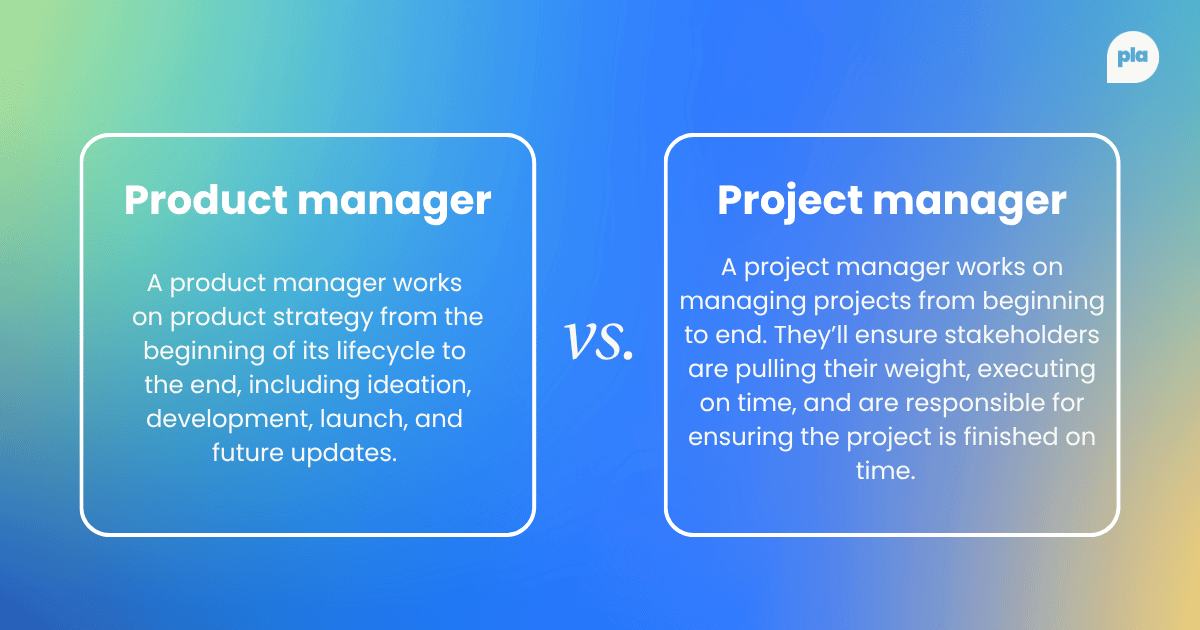
The difference between a product manager and a project manager
While these roles often work side-by-side, their focus, responsibilities, and success metrics are fundamentally different. Let’s break down what sets them apart and why that distinction matters.
Focus and objectives
One of the most significant differences between product managers and project managers is the focus and objectives of their roles.
To clear this up, let’s define products and projects:
- Products are items, software, or services that an organization creates to solve a market or customer need. They require development, prototyping, launching, and continuous upkeep, iteration, and management.
- Projects, on the other hand, are a set of tasks that need to be completed (usually in a certain order) to achieve a specified outcome. These can vary in complexity and scale.
It doesn’t take a rocket scientist to realize product managers focus on product development and iteration, while project managers focus on wrangling teams to complete projects.
This also impacts their objectives, with product professionals aiming to create better products for their customers, fix bugs, and ultimately maintain a profitable product, and project managers aiming to complete organizational projects on time and to a high standard.
Timeline
Another distinction between product and project managers is the timeframes they work within.
Compared to project managers, product managers plan across longer time horizons, strategizing the long-term plan for a particular product. Products can have long lifecycles, and product managers are there to manage that process from ideation to the product’s decline.
Although product managers work on long-term strategy, they often split the execution into smaller chunks, often called “sprints”. These are essentially mini-projects and may be more similar to how a project manager operates.
Project managers tend to work across smaller timeframes, ensuring a project is completed before moving on to the next. Depending on the scale of the project, a project manager may oversee a few projects at once, only taking on a new one when space becomes available (through a project's completion).
However, for particularly large projects, a project manager may be solely focused on one project for a longer period of time, to ensure completion.
In short: typically product managers work on long-term product strategy, while project managers work on shorter-term projects.
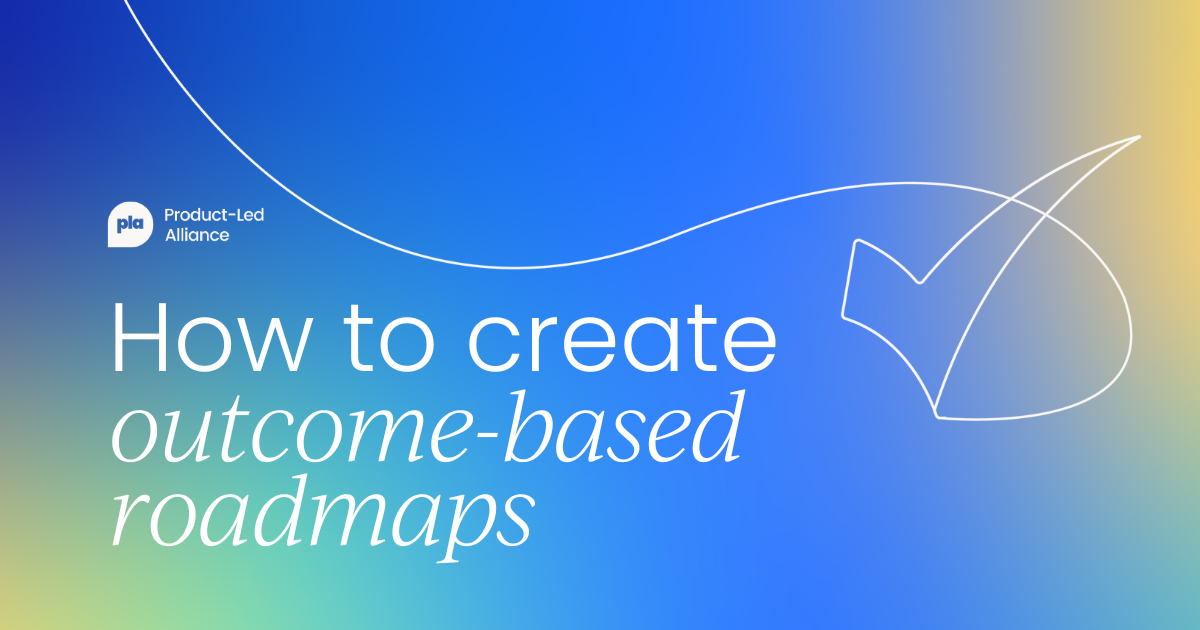
Collaboration and teams
Product managers collaborate with teams such as engineering, developers, UX designers, product marketing, sales, and customer success to ensure each team has an aligned product vision.
Their role involves creating a shared understanding of the product’s purpose, features, and benefits to ensure it solves customer needs. Product managers also work with internal stakeholders to discover customer feedback through win/loss interviews and customer feedback.
Project managers, on the other hand, work with various teams across the organization. This may change project to project, as some projects may focus on new HR processes, while others focus on new product initiatives.
In this regard, project managers’ roles are quite varied, but at the end of the day, their role within this collaboration process is to manage people and execution to ensure projects are delivered on time.

Metrics of success
Product managers are evaluated on product success metrics such as:
- Feature adoption rate: The percentage of users who start using a new feature during a certain period after its release.
- Monthly active users (MAU): The number of users who are active on your platform on a monthly basis.
- Customer satisfaction: Often measured using customer satisfaction scores and net promoter scores.
- Time to market: Measures the time it takes your product management team to develop and launch a new product or feature.
- Defect density: Tracks the number of errors or defects in your product’s code or UI compared to the overall size of your codebase.
Whereas project managers are evaluated on the success of the project via metrics like:
- On-time delivery: Was the project delivered on time? If not, how long was the delay?
- Staying within budget: Was the project within budget?
- Meeting the project's scope: Were all the outcomes achieved to a good standard?
- Stakeholder satisfaction: Were the leaders who requested the project happy with the result?

How product managers and project managers work together
During some projects, product managers and project managers will work together to ensure a new product initiative is completed successfully. Here’s a detailed example to paint the picture:
Your SaaS company has just greenlit a new mobile app – a bold bet on expanding into a younger, fast-moving segment of your customer base.
There’s a lot riding on this: competitive pressure, stakeholder expectations, and a six-month runway to show traction. The concept is strong, the market need is clear, but now comes the hard part – turning strategy into reality.
This is where the partnership between the product manager and project manager becomes make-or-break.
The product manager comes in with a deep understanding of the user: what problems they’re facing, what features they’ll actually use, and what makes the product valuable. They’ve gathered insights, run interviews, and shaped a vision for how the app should function, feel, and grow over time.
Meanwhile, the project manager is scanning for complexity. They’re not here to second-guess the vision; they’re here to make sure it can actually happen. And not just happen, but happen on time, within budget, and without burning out the team.
Getting aligned
In the first planning session, the product manager outlines a sleek onboarding flow, social sharing features, and a reimagined payment system – all in version one. The project manager pulls up the resource calendar and quietly raises an eyebrow.
Instead of saying “no,” the project manager starts asking questions:
- “What’s the must-have for launch?”
- “Which parts could ship in phase two?”
- “Where’s the highest risk – and how can we de-risk it early?”
Together, they map the initiative into tracks: design, dev, QA, marketing, GTM. The product manager prioritizes outcomes; the project manager sequences them. By the end of week one, they’ve got a shared roadmap that balances ambition with feasibility.
No one feels shortchanged, and everyone knows where they’re going.

Communicating through blockers
Fast forward a few weeks. UX hits a roadblock – feedback loops are too slow. Engineering velocity dips after two sprint cycles. Marketing needs a concrete launch date, but dev timelines are shifting.
This is where the daily syncs, shared dashboards, and Slack DMs come into play. The product manager surfaces which features users are most excited about (and which they’re not).
The project manager flags emerging bottlenecks and adjusts the plan accordingly. When the dev team falls behind on the new checkout flow, the product manager doesn’t panic – they work with the project manager to drop a low-impact feature and reassign dev time where it counts.
Resolving tension
Yes, there are moments of disagreement, but that’s expected. The product manager prioritizes protecting the product experience, while the project manager focuses on meeting deadlines and managing team capacity.
But that tension is keeping the work moving in the right direction.
Take the mid-project retrospective. The team’s behind, but feedback from early testers is glowing. The product manager wants to lean in and iterate fast. The project manager agrees – but only if they trim the scope and shift the beta release out by one week.
It’s a trade-off everyone can live with, and more importantly, it's made together.
Defining success
By the time the app launches, no one’s surprised it went out on time – or that users love it. That’s because product and project management weren’t operating in silos. Every decision, adjustment, and sprint was rooted in ongoing, open collaboration.
The product manager ensured the work stayed meaningful.
The project manager ensured the work stayed doable.
And between them, they shipped something that users love.

Mapping the career path
Project managers' career path
Project management is all about turning plans into outcomes, and the career path reflects that, evolving from support to strategic leadership.
- Project Coordinator: Entry-level roles focused on scheduling, tracking progress, updating documentation, and supporting senior project managers.
- Project Manager: Owns the full lifecycle of one or more projects – defining scope, managing timelines and budgets, coordinating teams, and delivering results.
- Senior Project Manager: Oversees larger, more complex projects or multiple initiatives. May mentor junior team members, standardize practices, and ensure alignment with strategic goals.
- Project Director: Manages portfolios of related projects. Focuses on cross-project alignment, resource optimization, and strategic outcomes.
- Executive Roles (e.g. VP of Ops, COO): For those who expand beyond project delivery into company-wide execution. These roles apply project management expertise at the organizational level.
This path is flexible and industry-agnostic – but the common thread is mastering delivery, then scaling that mastery to lead others.
Or they could transition into program management. 👇
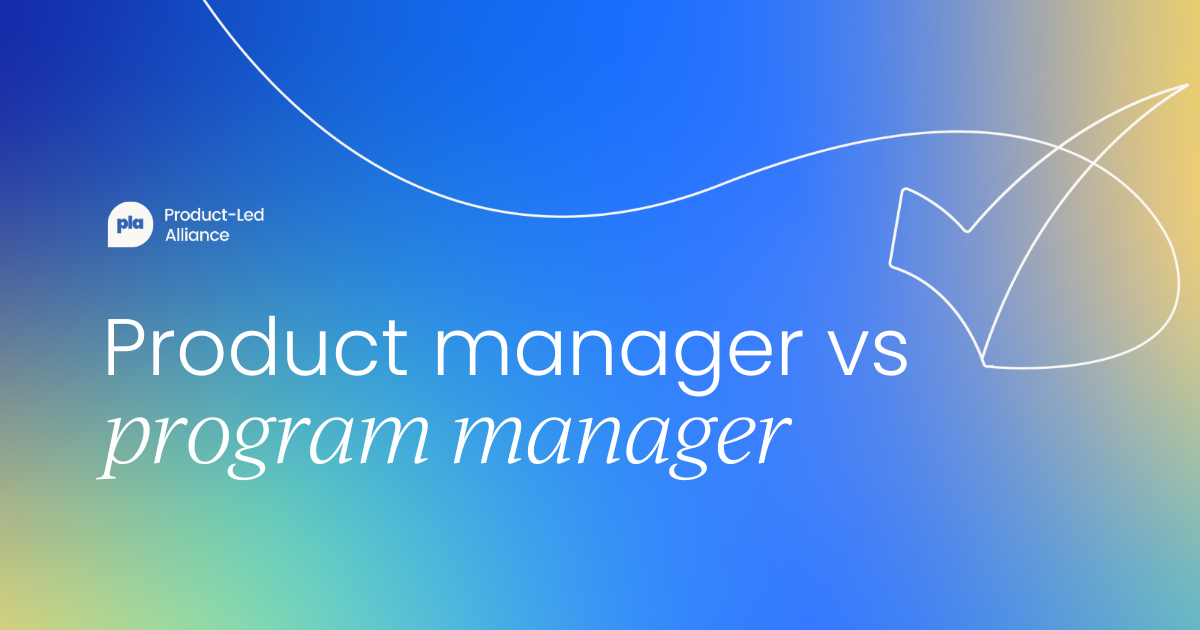
Transitioning from project manager to product manager
Another option for ambitious project managers, looking to take on more execution and strategy is to transition into a product management role.
A Project Management Institute study found that 79% of product managers have prior project management experience and 92% say project management skills are important in their role – making project managers highly qualified to move into product roles.
Communication and problem solving skills are also highly sought after in the product world and are very transferable from a project management role.
Plus, transitioning from project management to product management may also increase your salary, as according to Glassdoor:
- The average project manager salary in the US is $84,000
- Compared to the average product manager salary in the US of $103,000
Learn more about transferable skills for product management from Gaby. 👇
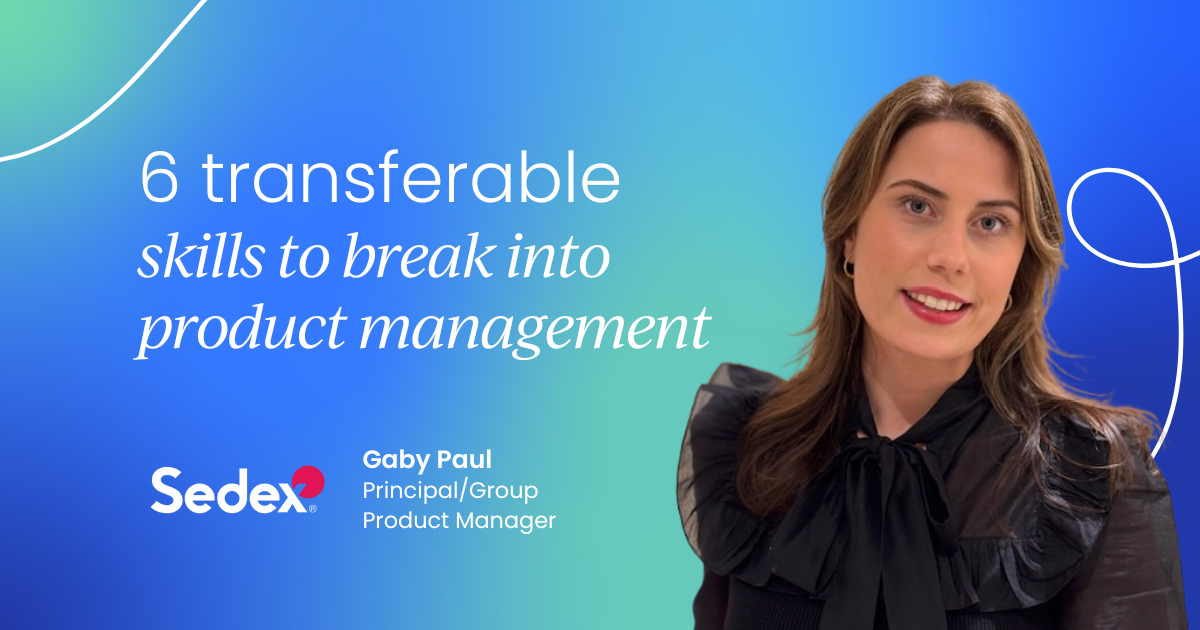
Product managers’ career path
A career in product management typically starts with an Associate Product Manager role. At this stage, you're focused on execution: helping with research, refining user stories, and supporting senior product managers as you learn the ropes.
As you grow into a Product Manager, you take ownership of a product or key feature set. Now you're setting the roadmap, prioritizing work, and collaborating with engineering, design, and marketing to bring ideas to life.
From there, the next step is a Senior Product Manager role. Here, the scope widens – you're managing more complex products, guiding strategy, and often mentoring junior team members. You start thinking beyond features and into business impact.
Eventually, you may move into leadership as a Director of Product. At this level, you’re leading a team of product managers, aligning product strategy across multiple workstreams, and ensuring your team’s work ladders up to company goals.
For those who thrive in both strategy and leadership, the path continues to VP of Product or Chief Product Officer. These executive roles are responsible for the entire product vision, cross-functional alignment, and long-term innovation.
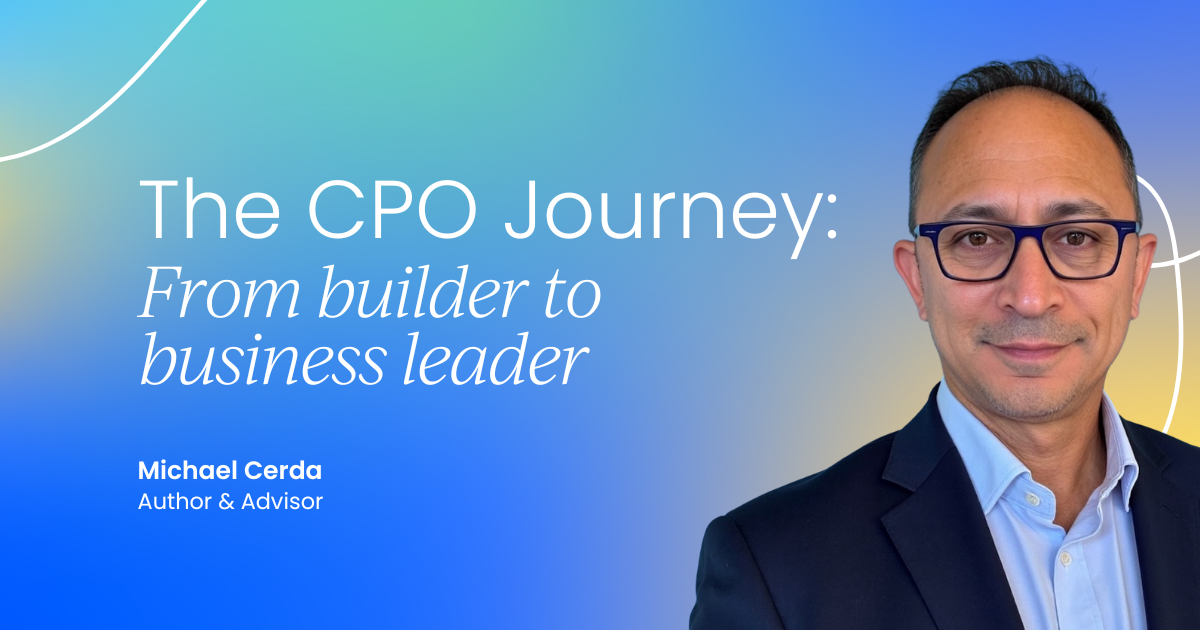
FAQs
What is the difference between a product manager and a project manager?
The main difference lies in focus and responsibility. A product manager owns the why, what, and for whom – they define the product vision, prioritize features, and align it with user and business goals. A project manager focuses on the how and when – manages the timeline, resources, and delivery of tasks to complete a project efficiently.
Can one person be both a product manager and a project manager?
In smaller teams or startups, it's common for one person to wear both hats. However, these roles require different skill sets and mindsets. Long-term, separating them helps maintain clear accountability and prevents strategic decisions from being overrun by delivery logistics.
Who earns more: a product manager or a project manager?
Salaries vary by region, industry, and experience level. Generally, product managers tend to earn more due to their strategic influence and impact on business outcomes. According to Glassdoor, the average product manager salary is higher than that of a project manager.
Do product managers and project managers work together?
Yes. Product managers and project managers often collaborate closely. The product manager defines what should be built and why, while the project manager ensures it gets built on time and within scope. Their partnership helps teams stay aligned from vision to execution.
What tools do product managers and project managers use?
Product managers often use tools like Jira, Productboard, Aha!, or Figma for roadmap planning and user research. Project managers use tools like Asana, Trello, Smartsheet, or MS Project to plan timelines, track tasks, and manage resources.
Which career path is right for me: product manager or project manager?
If you enjoy shaping vision, solving user problems, and influencing product strategy, product management might be a better fit. If you thrive on structure, coordination, and delivering outcomes on time and within budget, project management could be your path.



 Follow us on LinkedIn
Follow us on LinkedIn









